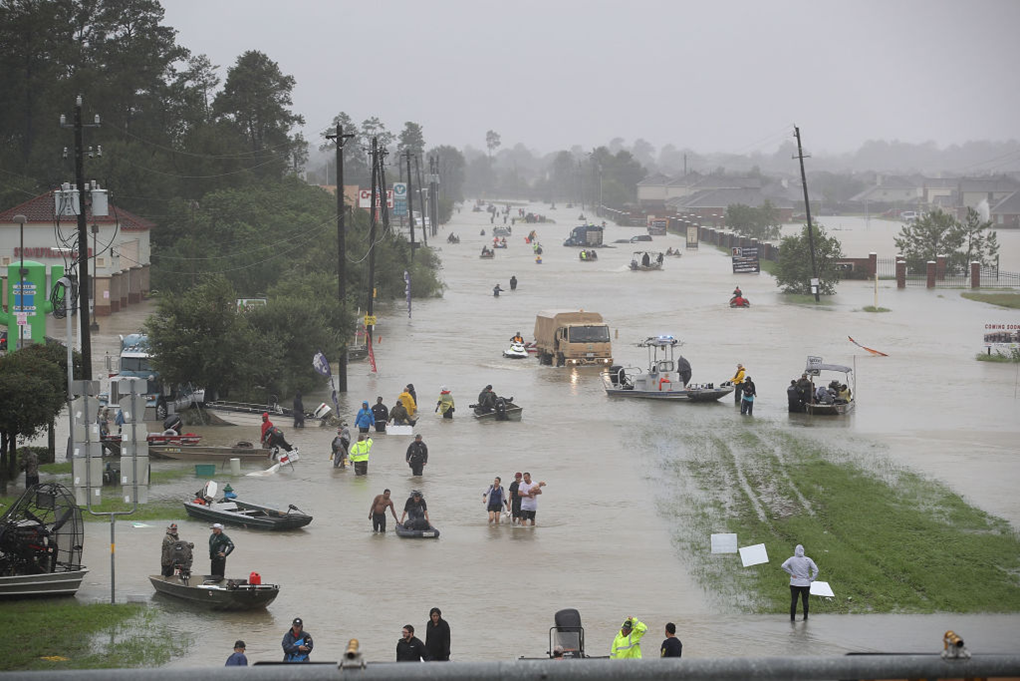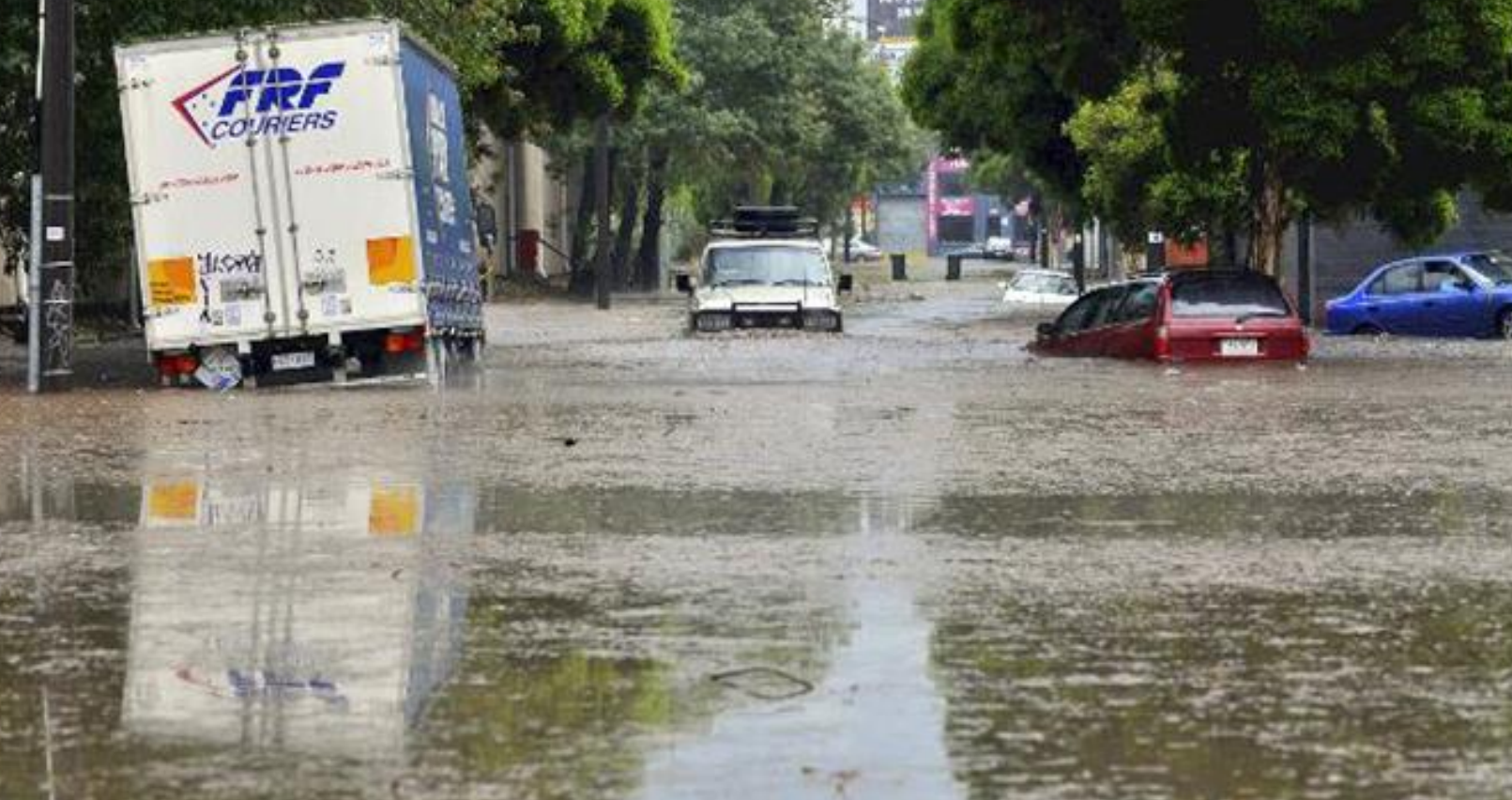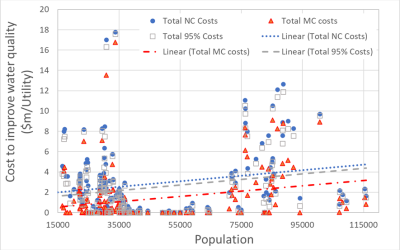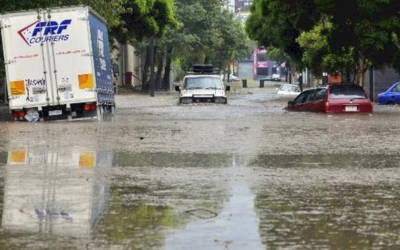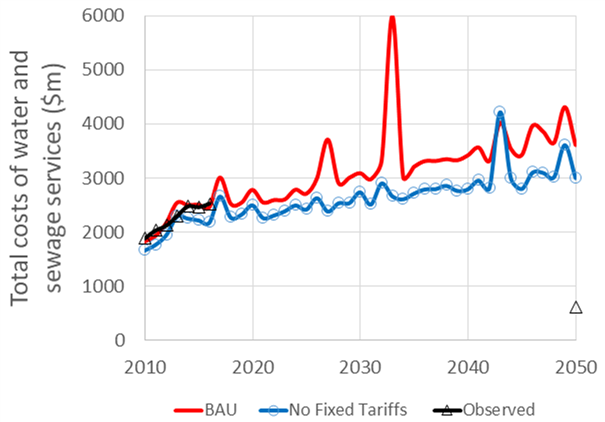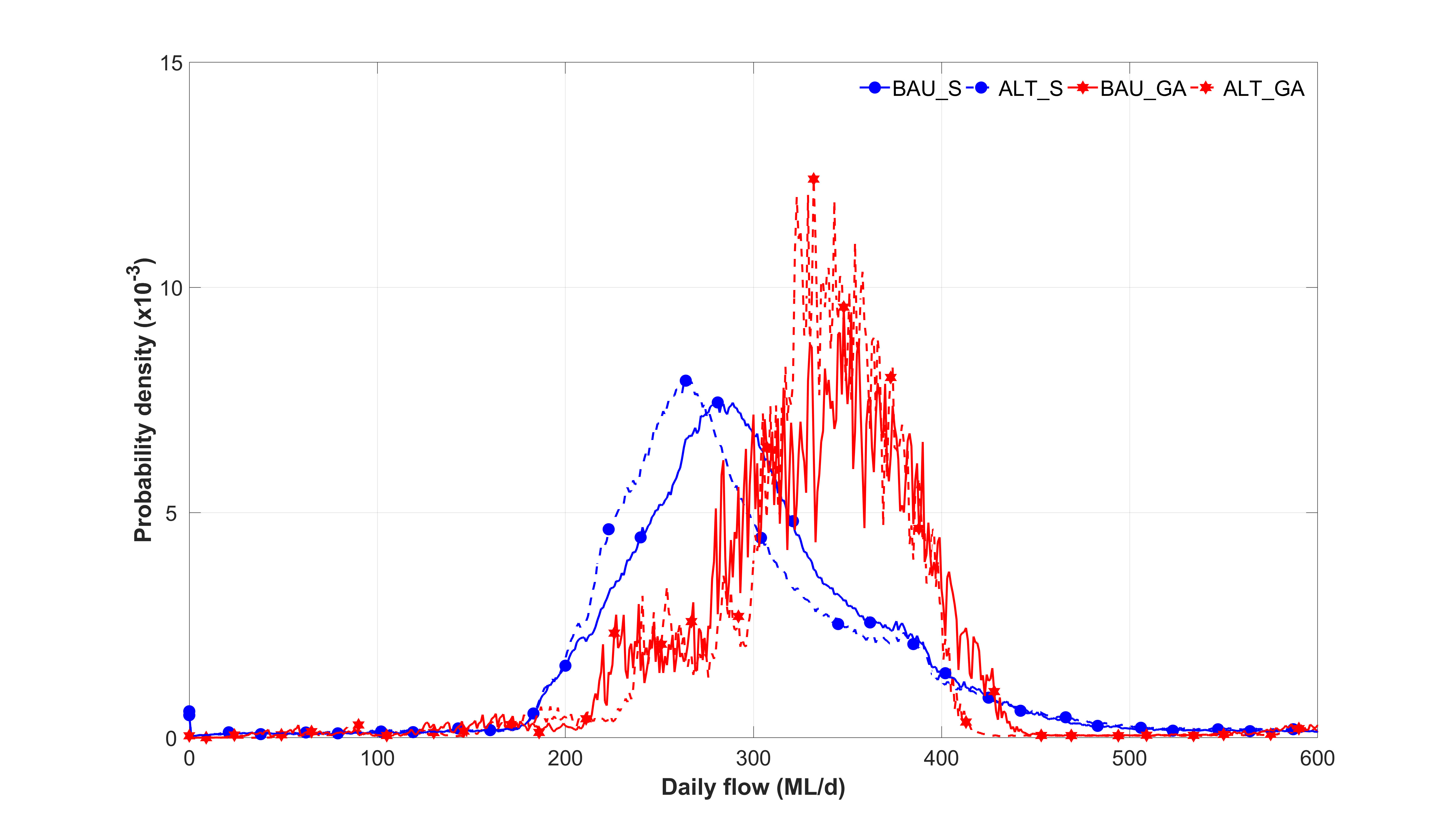Flood avoidance or flood resilience? Pathways for greater equity in flood risk governance.
by Peter J Coombes, Katherine A Daniell, Robert Swan, Andrew Allan and Michael E Barry
We are looking forward to presenting our paper at the Hydrology and Water Resources Symposium at Canberra on 25 – 28 November 2025.
Current flood policies for Victoria in Australia are described as Avoidance and Conservative Pathways that impose conservative assumptions about future risks without mitigation or community resilience or adaptive policy or innovation on current assessment of existing residential properties. A Resilience Pathway accepts that flood risks cannot be eliminated and society enacts strategies that manage the consequences of flooding such as warnings, preparation, mitigation and timely responses. We propose an economic and equity framework to assess the merits of the practice and policy pathways for flood management. A bottom up systems analysis of existing residential properties in Victoria was undertaken to explore the cumulative spatial and temporal effects of the different policy pathways from a whole of society perspective. The Avoidance and Conservative Pathways are unlikely to remove flood risks from existing residential properties and may lead to increased damages, harm, deterioration of urban amenity and impose disproportionately high costs on households leading increased poverty, disadvantage and unemployment. The policy pathways did not meet the assessment criteria but the Resilence Pathway provided substantial improvement against the economic, reasonableness and equity criteria driven by improvements in flood damages and decreased policy costs with negligable impact on household welfare. This investigation has provided prima facie evidence that households may not have capacity to pay for excessive practice and policy assumptions about risk and the need to engage in whole of society systems assessment and implementation of a Resilence Pathway for flood policy.

